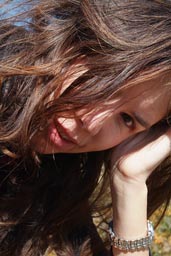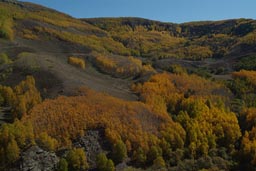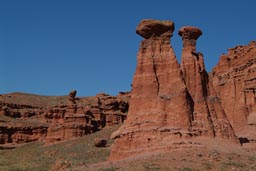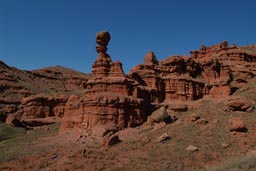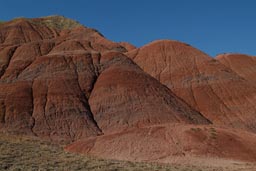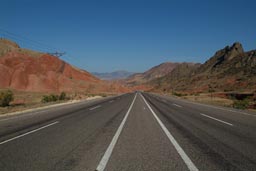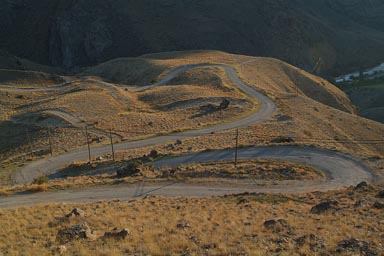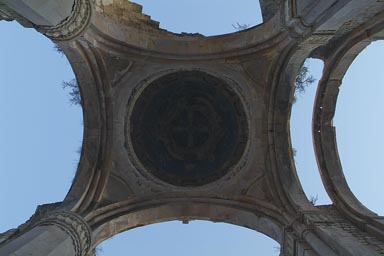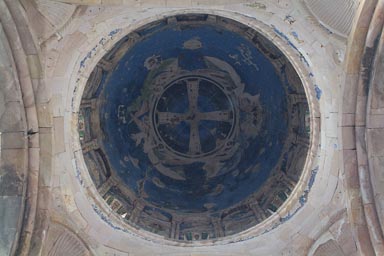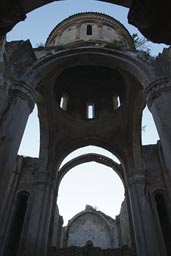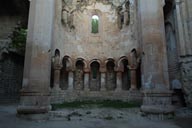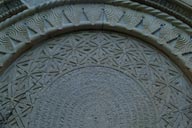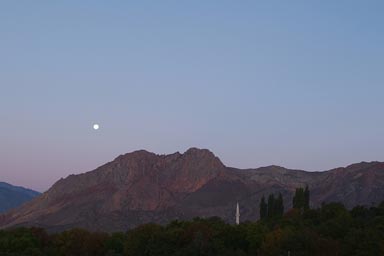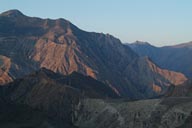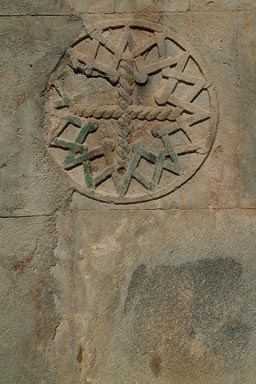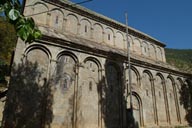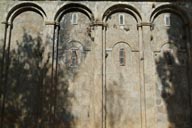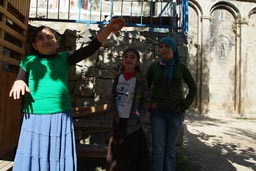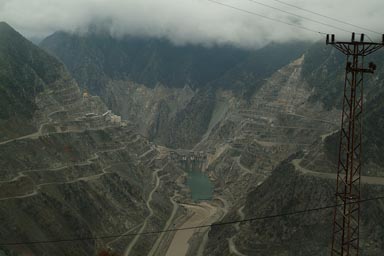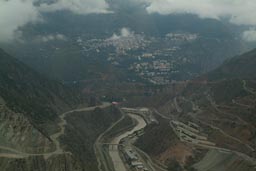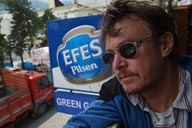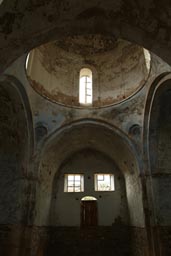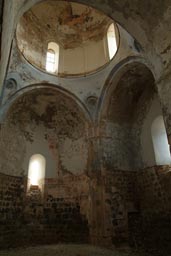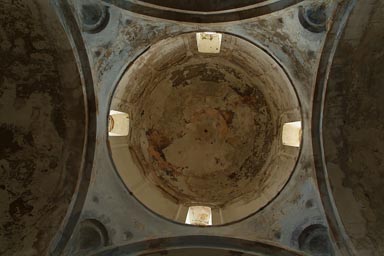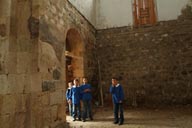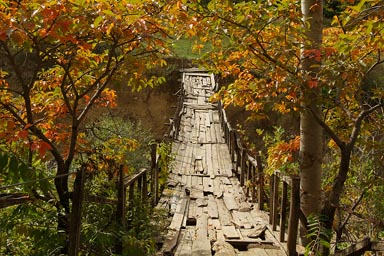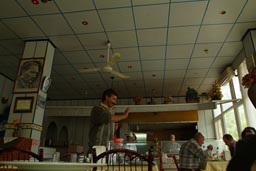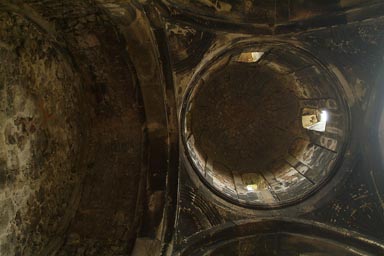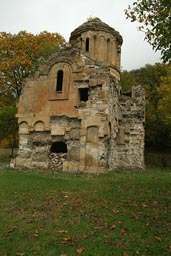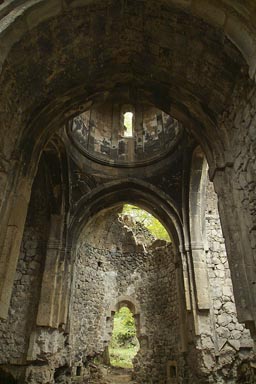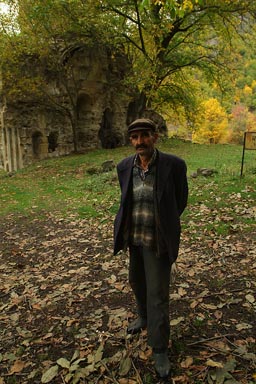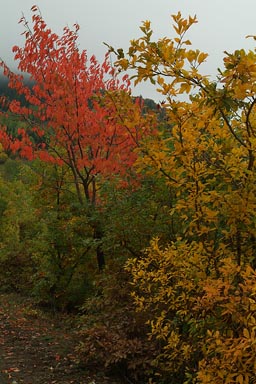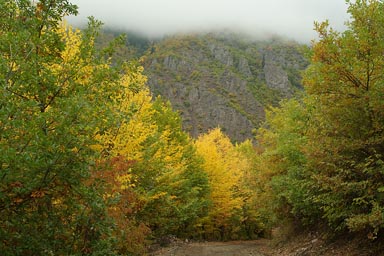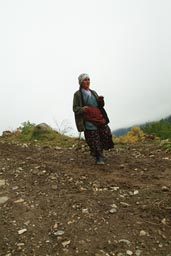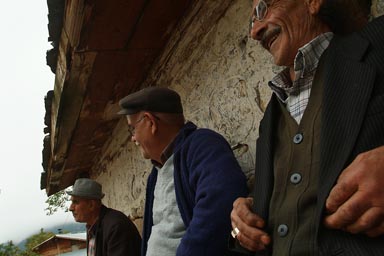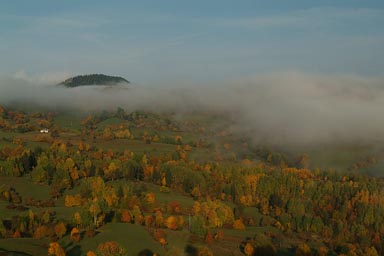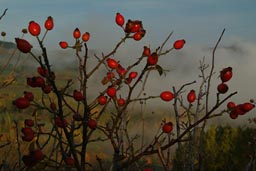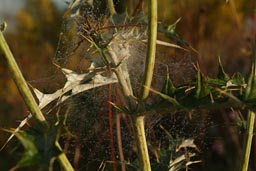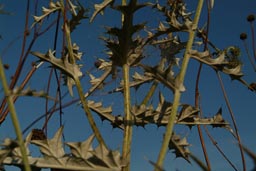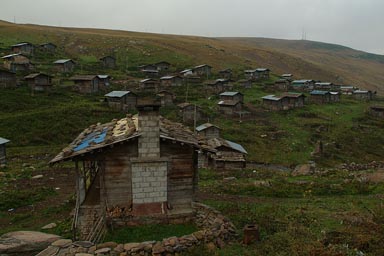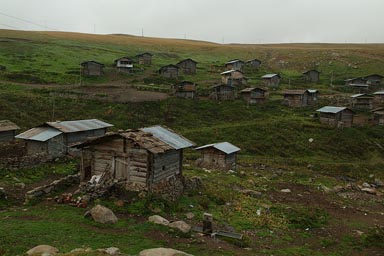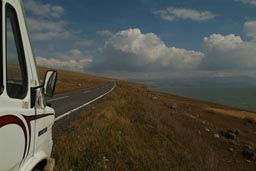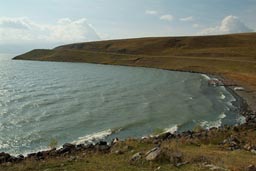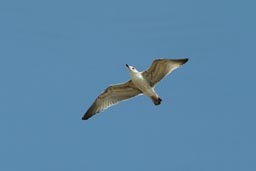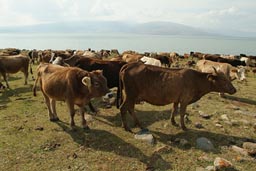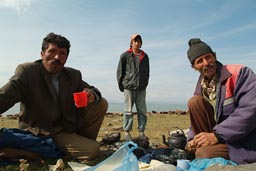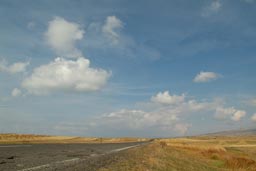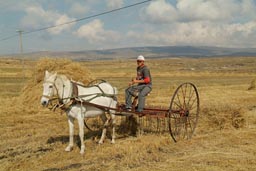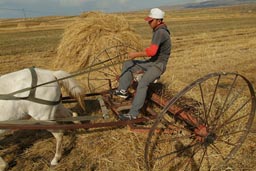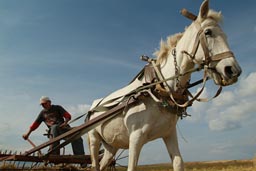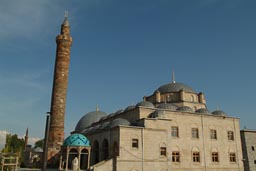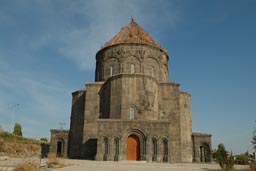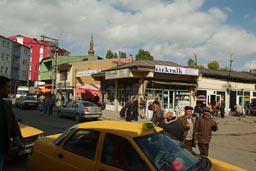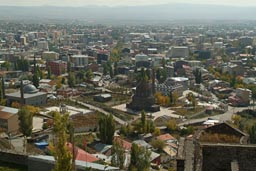www.thisfabtrek.com > journey > asia > turkey > 20091010-kars
Turkey the East.
Download GPS (KML) track/waypoints.
Christina joins me Saturday 2nd of October in Erzurum, comes to visit Eastern Anatolia, we leave Erzurum Sunday, drive East soon turn north. Autumn yellow woods on a bright sunny day, warm is the air above 2100m. Some fine obscure red tone stone structures formed by the elements over the ages attract attention, soon we drop by 1000m down back to the Çoruh valley; just don’t understand the 4 lane highway that is being built in some areas, this road doesn't see any traffic, what justifies these expenditures?
Işhan/Ishkhani, Georgian church and Barhal/Parhal monstery/now mosque.
The Georgian churches/monasteries tour continues. At the end of the day some winding steep dirt road takes us high up, to see Işhan/Ishkhani, another fine church, a former cathedral from the Tao-Klarjeti (wiki), the ancient region of Georgia around 9th-11th centuries. Fighting the Arabs from here the region became a cultural safe house, a main Christian centre inspiring monuments such as this church.
Its cupola resting on 4 strong pillars and arches still stands, the frescoes in the dome, potentially 1000 years old, still shine bright blue. The horseshoe shaped arches of the apse maybe older, some impressive engravings in Georgian letters (or is it Armenian or Greek?) over the portals, are there, clear and untouched. But there’s no roof, free sight to the stars just like in a huge open cage for pigeons.
Generous villagers provide us with nuts, tomatoes and onions, pasta tonight is secured.
Işhan is at 1100m of altitude, a deep valley below, some more rocky mountains around, sunrise is at 6.30, the sun doesn’t touche me before 7, a long dawn, a cold morning.
Barhal/Parhal is another church founded 7c, built, rebuilt 10c or 11c. From 600m up north of Yusufeli, it is 40km on winding car killer roads, up in the mountains at 1200m. A little hike up a steep hillside amidst huge trees the monastery stands tall with 3 colonnades, a basilica which is now used as a mosque; the reason why it is in such a good shape, with roof and all. A pity though, the 3 girls cannot find the man with the key.
Deriner Dam near Artvin on Çoruh river.
In the village underneath we have the obligatory çay/tea, a nice day, sunny, sit on a bridge over a little, rushing and loud stream. Then head back the 40kms on bad winding roads, Christina invites me for lunch in Yusufeli, Patlıcanlı pilav, or is it called Moussaka, eggplant and meat in strong oily sauce, pilav is rice, so delicious, about to become my favorite dish. We find an Efes beer for our way out.
And we need it: The Çoruh River valley, the nearer we get to Artvin sees again major road building efforts. Tear down this mountain and cut down this next one, convert it to rubble! There is a monster at work. Approaching Artvin, we realise the damming of the stream is well beyond planning stage. The Deriner Dam, 3rd tallest dam in the world, a monumental project, height of 249 meters, at the crest a length of 720 meters, a width of 12 to 18 meters (Columbia University). Turkey on its path towards energy independence from Russia and Iran, at sight of this enormous destructions the heart bleeds.
Artvin lies on a steep mountain, diff in altitude between lower and higher parts is 400m, Artvin is fairly liberal, many pubs, population Russian/Georgian influenced. Where we park we have a great view of the destructions in the Çoruh valley. But Artvin is also small, a village, non-important, no action, sleepy. I am tired. It rains, the Black Sea coast proximity, this corner receives more than its fair share, here it rains every day of the year. Christina leaves me in Artvin, goes back to Istanbul. In the Green Garden pub I reflect, busy traffic below. I have another Efes. 2:42 p.m., 6th of October.
Dolishane and Yeni Rabat, Georgian churches.
Nothing better to do I drive back to the Black Sea coast, Hopa, it rains, some drinks in a bar, music is good, Turkish, sounds progressive, the guy understands music, mentions names, I write some down, among them Selda Bağcan (psychanatolia.wikia), love her so much, such an emotional sad voice, seems old stuff.
Another guy, speaks some German, joins me, explains that Hopa is different, has had a socialist mayor, it’s the proximity to Georgia, the border is just a few kilometres away. Bar is men only, all smoke; no one cares about Turkish non smoking laws here. But music is good and outside it rains.
Still rain, still beamed I leave Hopa next morning, south past Artvin, Dolişhane Kilisesi a sign to the left, first Georgian church today. In good shape, it was being used as a mosque till lately. Some fresco art is on walls, some remains under the Muslim white wash.
I have lunch in Ardanuç in a friendly restaurant run by women. On up the valley I drive on slippery dirt roads, it has been raining too much. Briefly sun breaks through, a foot bridge amidst autumn colours.
In the village of Bulanık Köyü I have to leave the van behind and walk the 2 or 3 kilometres to the old church of Yeni Rabat. A sensational setting, wide green pastures, the ruin is embraced by a group of walnut trees, a man and his wife who live nearby with blackened hands and fingers go after collecting these precious nuts. It is the season.
For the first time I seriously contemplate what if this dome falls down now? Rabat Kilisesi is frail enough so this can happen. Many corner stones have been removed over the years; some plates serve as seating and tables under the walnut tree.
I let the man go his way; they live in what we would call a wooden block house/villa, the one house next to the church, a lone quiet setting, a prime location just where the woods open up to the church arena, I leave the holy place and wander back. Autumn leaves shine in yellow and red, bells of cows dingle, low hanging clouds touch the cliffs, all birds play, craws, magpies, some shiny green ones, an eagle draws a circle over the cliffs, down in the valley the constant babble of the stream. After 3 the muezzin calls from the mosque of the other side of the valley, the mosque though has disappeared behind clouds, still fearing this change in weather.
Şavşat District.
I am worried about a change in temperatures and weather and decide against following this valley straight through south-east to Ardahan, already before the van had slipped a couple of times on this dirt road.
So I sledge-slide back to Ardanuç, back to the main Artvin road, left up to Şavşat on 1180m, still tired and hung over from the night before I sleep soon. Night, no rain, I don’t move, not cold, up at 7, start the engine, up mountain I go. At 1600 I break through the clouds. I put on my sunglasses.
Further on my roads winds itself up mountain, some mist/clouds, a bit colder on 2600m, the pass, a village. A man seeks a ride to fill up his gas bottle – in Ardahan where we arrive soon after. You don't want to run out of gas here when the snow sets in.
Ardahan is a smallish but busy market town, a fortress, military; I cannot get an internet connection working, so after 3 or 4 teas I leave.
Lake Çıldır/Çıldır Gölü.
I still have another plan for today, round Lake Çıldır, a natural lake at 1900m of altitude deep in Anatolian heartland, close to Georgian and Armenian borders. Gulls glide, also an eagle circles ever higher; herbs bend in vivid southern winds, small waves pound the shore in glistening sun. Elsewhere, cows and bells and dogs, shepherds offer tea and flatbread (Naan), butter and honey, I leave them my nuts and olives. Elsewhere not far again a horse drawn rake cart wakes my curiosity, hay is being brought in. I see so much, impressions are plenty.
The lakes is inviting, in Scotland 5 years ago I would have jumped in to wash, but things have changed; now I can go three weeks without a shower. Still give it a go, grab the soap bar and wash my feet.
I have fallen in love with the Eastern Anatolian high plateau, landscape is of a quiet beauty, the elements have been kind so-far.
Kars.
I enter Kars (wiki) early afternoon. As usual find an open wifi connection, park central. Eat well, drink well.
And Kars all is small, but really good, cool even. Friday night a bar with live Turkish acoustic folk music, guitar, saz (a long-necked flute wiki), a superb female voice that reminds me of Selda Bağcan again. Very civilised mix of people enjoying their drinks, bring wives and girlfriends, all into the music.
Another bar on Saturday totally different. Turkish punk rock, loud, electric guitars, the audience much younger, again a female singer, screechy voice. So much smoke in here, go back to the first place. But return later. All the young that have come, completely mixed, really enjoy her, scream and dance. I leave past midnight. So tired.
I am reading that average low temps in Oct should be -16 C here. So better move on swiftly as long as this, my weather, stays favourably. Kars in some winters has many meters of snow. Kars actually means snow.
But Kars is also a point for reflection on the relations between Armenians, Turks, Kurds, Russians and Azeris. The effects of past atrocities are felt here at this junction of many cultures. Armenians bore the greatest loss, though all sides feel as victims. Armenians also call it genocide (wiki), what a different place Turkey could/would be today without the expulsions a century ago, I wonder.
The province at the eastern end of Turkey suffers till date; the border to Armenia remains closed since 1993 when the Armenia-Azerbaijan war broke out. Mutual prejudices between the Turks and Armenians seem so hard to overcome.
The 10th of October, the day after Obama’s peace Nobel price was announced, the evening when I am headed for the bars all is sealed off here in central Kars. Some signing of a bill is going on in Kars, a deal towards normalisation of relations between the Turkish and the Armenian government, amongst it the opening of the nearby border, an initiative by the mayor of Kars. There is a breeze of change in the air in Kars.
www.thisfabtrek.com > journey > asia > turkey > 20091010-kars

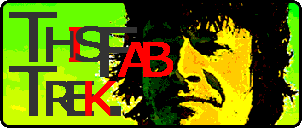


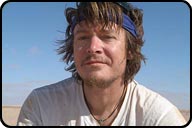
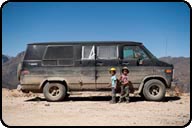


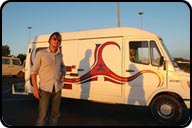
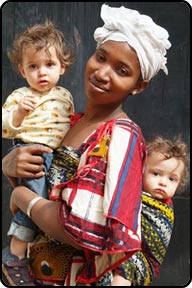
 contains Festival/Fiesta/Art photography.
contains Festival/Fiesta/Art photography.
